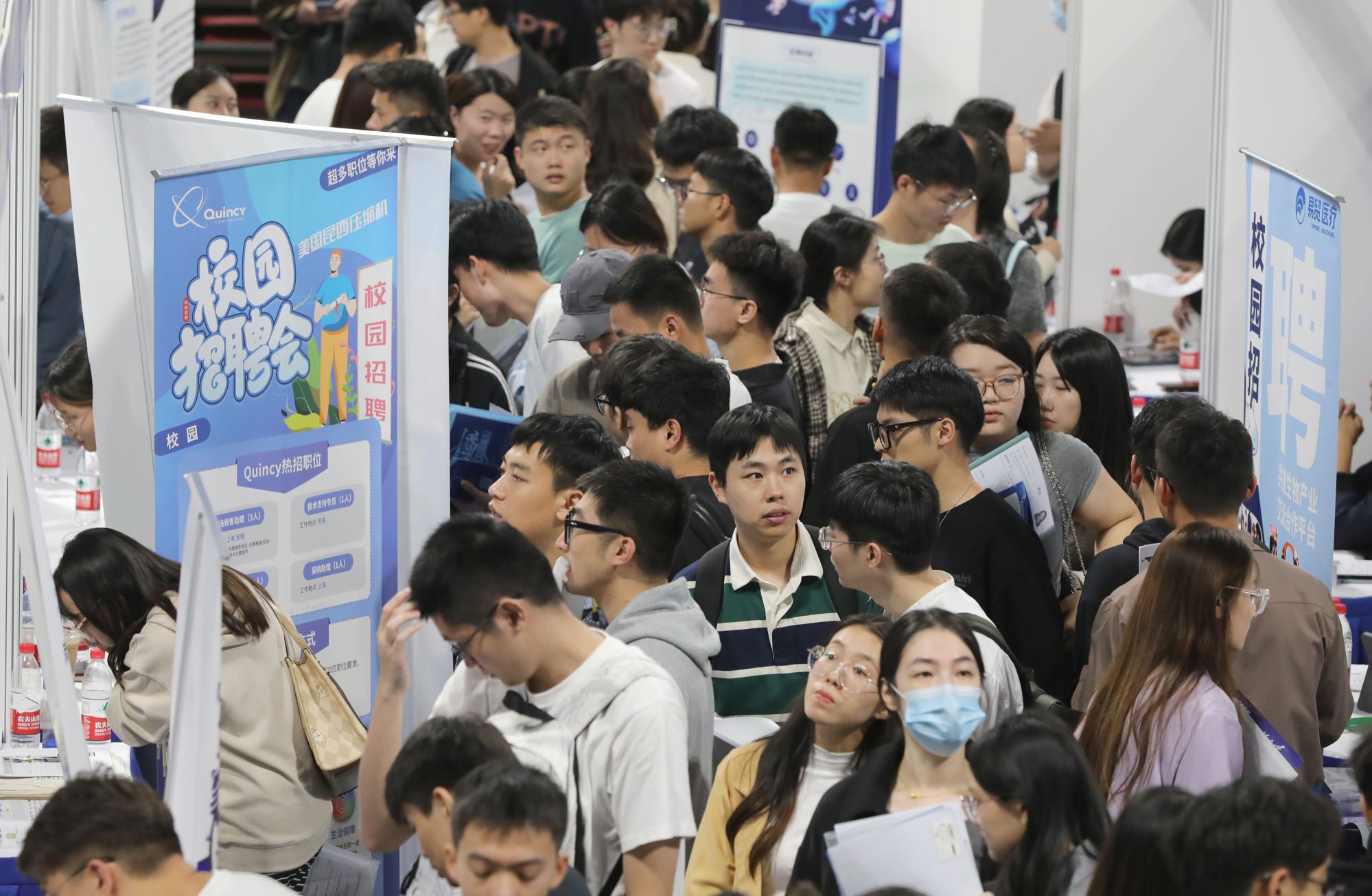
China has cause for cautious optimism as economy restructures
- Despite all the challenges it faced, Beijing recorded growth of 5.2 per cent last year and, by continuing on an innovative path, long-term prospects appear good
The past 12 months were supposed to be a year of recovery, with China’s economy unshackled from zero-Covid measures. By and large it has not disappointed.
The government set a gross domestic product growth target of around 5 per cent compared with 3 per cent in 2022. The rebound trajectory during the year lagged expectations at times, prompting some analysts to lower their forecasts.
The official result of 5.2 per cent confounded them, thanks partly to government efforts to restore growth. The news highlighted the keynote speech of Premier Li Qiang to the World Economic Forum, in which he talked up China as a land of opportunity.
It was positive news amid concerns about investor confidence, a property market slump, deflationary risks and a weak private sector.

That said, the obstacles facing the economy do not justify doom and gloom. A more rational and balanced view focuses on the challenges.
Geopolitical tension is undoubtedly one. Restructuring of the value chain triggered by that tension is another.
So are three years of self-imposed isolation from normal business and commercial interaction. Throw in domestic economic restructuring and China finds itself dealing with structural issues such as population decline on one hand and high youth unemployment on the other.
The youth jobless rate of 16 per cent, though an improvement over recent months, remains high, reflecting weak confidence among consumers and in the private sector, which creates most jobs.
Looking on the positive side, the export trade is shifting away from labour-intensive manufacturing to high-yield, capital-intensive and knowledge-based exports such as electric vehicles, new energy and advanced manufacturing. It amounts to a restructuring, the rise of new sectors and the emergence of new growth engines.
China’s hi-tech push faces ‘extraordinary pressures’ as 2023 output stalls
It will take years and keep pressure on employment in the short term.
In the coming year the mainland economy will be largely like last year’s – full of challenges. Whether it can ultimately move to the next stage and escape the so-called middle-income trap depends on a successful transition.
This promises to be difficult. No other economy has faced comparable technological sanctions and restrictions imposed by the United States and its allies.
The next five years will be critical. The decisive factor may be whether the economy is resilient and innovative enough to continue to upgrade.
Meanwhile, everyone will be looking at the coming “two sessions” of China’s annual parliamentary meetings in March when Li will set a new growth target for this year.
The days of stellar growth are long past. But so long as China can maintain a growth rate of around 5 per cent for the next few years there is reason for cautious optimism about long-term prospects.

